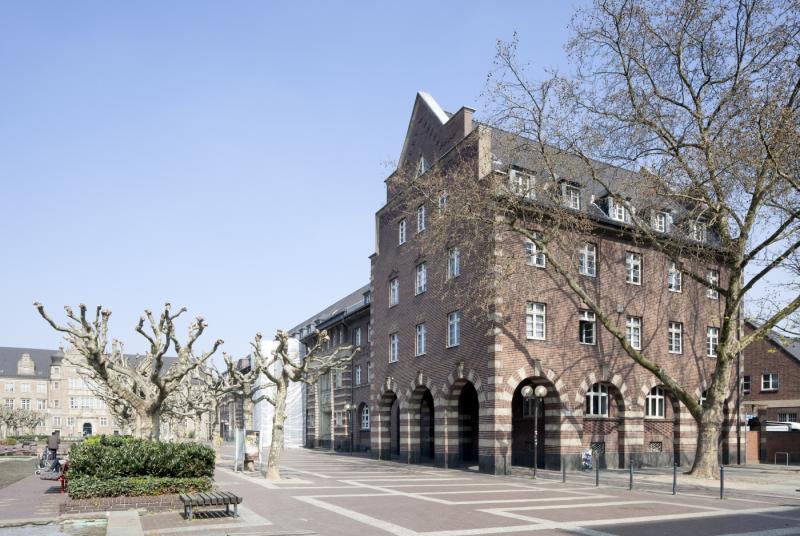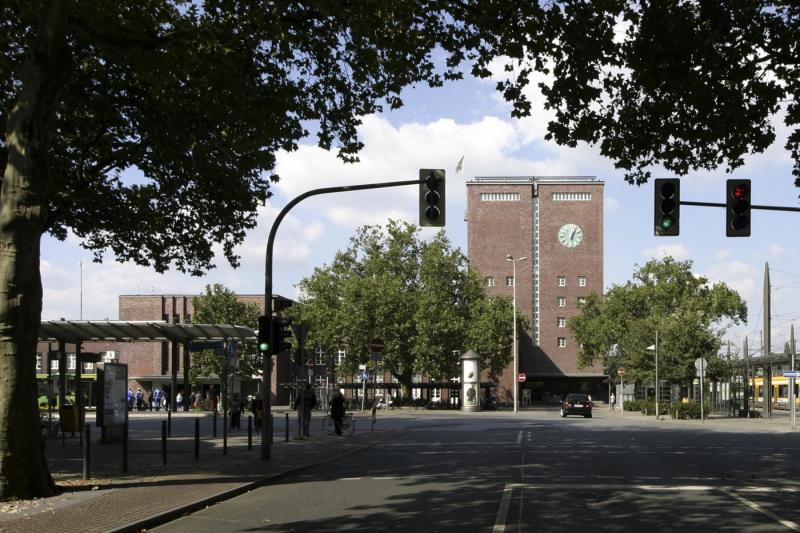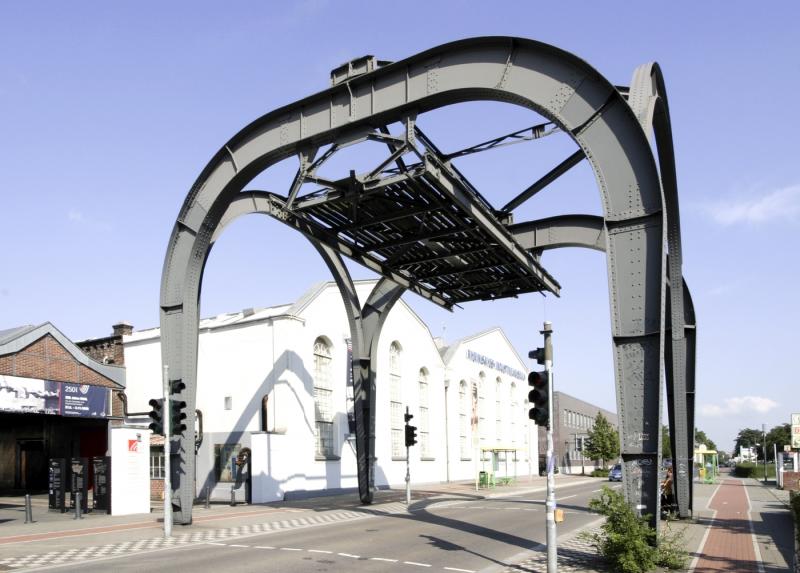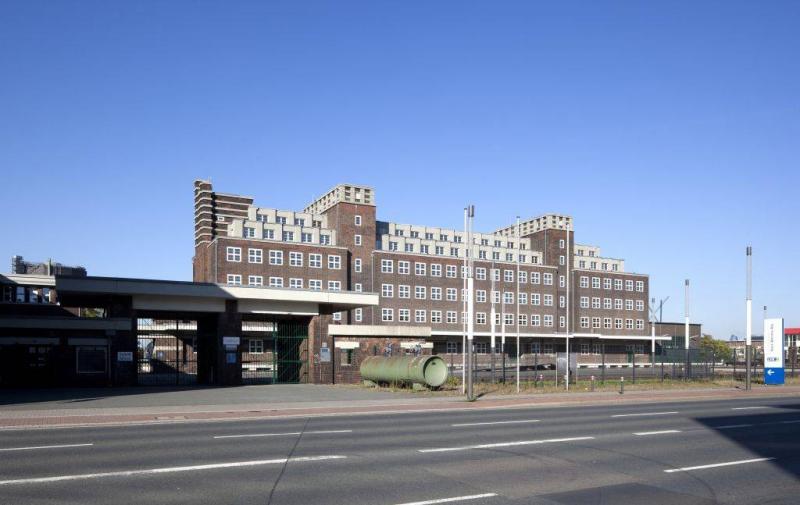Schwartzstraße 72, 46045 Oberhausen
Icon legend
![]() This icon indicates an awarded building
This icon indicates an awarded building
![]() This icon indicates a listed building
This icon indicates a listed building
![]() Projects with this logo are on the UNESCO World Cultural Heritage list
Projects with this logo are on the UNESCO World Cultural Heritage list
![]() Project has been converted, renovated or extended
Project has been converted, renovated or extended
x close
![]()
![]()
1930
Stadtbaumeister Ludwig Freitag Friedrich Pützer Eduard Jüngerich
Advanced search with more criteria
Total projects: 483

46045 Oberhausen
Distance: 0.46 km

46045 Oberhausen
Distance: 0.51 km

46049 Oberhausen
Distance: 0.82 km

46047 Oberhausen
Distance: 1.70 km
When Oberhausen was chartered in 1874, the local authority employed 13 people. By 1900, this number had grown to 233. In order to create an appropriate site for the local authority and, at the same time, display the former town’s city status in the city centre, a competition was held in 1910, inviting plans for a new town hall. The winner was Friedrich Pützer (1871 - 1922), professor at Technische Hochschule Darmstadt, who there had participated in the construction on Mathildenhöhe. The Great War and the post-war period delayed construction. Based upon the Pützer plans and a plan by deputy mayor Jüngerich, Ludwig Freitag gave the town hall the finishing touches.
After WWI, Freitag, a disciple of Pützer’s, had assumed responsibility for the city’s planning department. The new town hall was opened in 1930. Ludwig Freitag, who was also responsible for the interior design including the furniture, had created a building in the expressionist style that found much international recognition. In front of the central block, we find two statues by sculptor Adam Antes from Darmstadt, representing “trade” and “industry”. One capital of the old town hall reminds us of the previous building, demolished in the 1950s. At the same time, the annexe behind the central block was built. Luise-Albertz Hall, opposite the town hall, is named after the long-standing mayor of Oberhausen.
Awards:
Auszeichnung Baukultur Oberhausen 2023 (Stadt Oberhausen)
Author: Route Industriekultur/Editorial baukunst-nrw
Text last changed on 01.04.2008
Categories:
Architecture » Public Buildings » Administrative/Town Halls